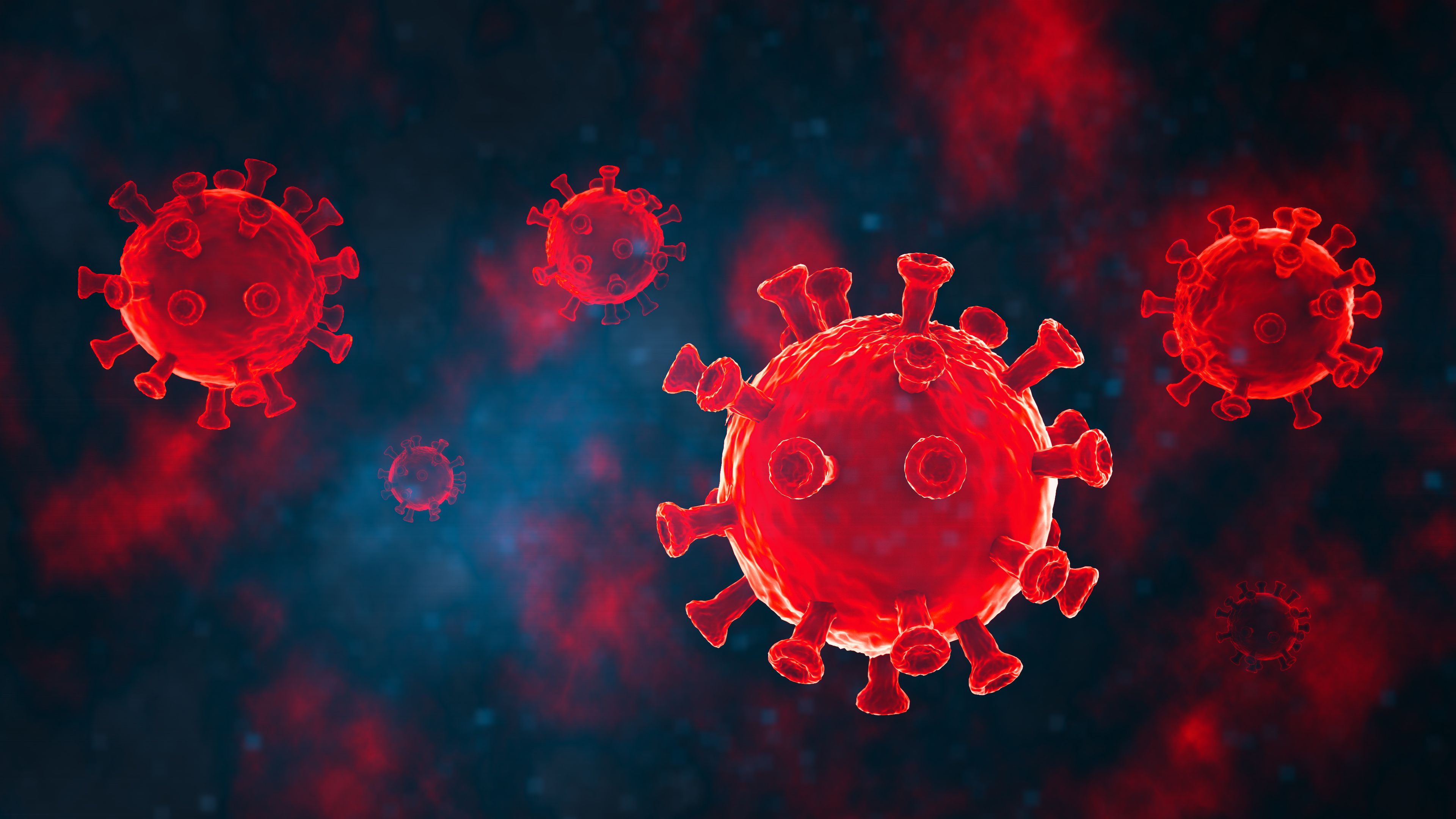Article
A Pharmacist’s Public Health Role in Addressing a Measles Outbreak
Author(s):
Pharmacists can administer the MMR vaccine without a prescription in most states and US territories.
The CDC reported measles in 1282 people in 31 states, from January 1, 2019 to December 31, 2019. This is the greatest number of cases reported in the United States since 1992.
Most of the 2019 cases were among people who were not vaccinated against measles. Of these 1282 people, 128 were hospitalized, and 61 developed complications, including pneumonia and encephalitis.1
Since pharmacists’ public health roles expanded in the 1990s, more patients are choosing to receive vaccinations at pharmacies.2,3 However, state laws differ in pharmacist privilege for administering the MMR vaccine.
Pharmacists can administer the MMR vaccine without a prescription in most states and US territories. In Missouri, Georgia, North Carolina, and Hawaii, as well as Puerto Rico patients are required to have a prescription to receive vaccination at a pharmacy. Pharmacists are not permitted to administer the MMR vaccine in New York, West Virginia, and the District of Columbia.4
A team of researchers from Walgreens in Illinois sought to describe the pharmacist’s public health impact during the 2019 measles outbreak. The researchers estimate the pharmacist’s MMR vaccination potential would be in New York, where the largest local outbreak occurred. They report their findings in the January 2020 issue of the journal Pharmacy.5
The descriptive analysis reported Walgreens pharmacists administered MMR vaccines to 62,526 patients between January 2019 and June 2019. The study estimates that Walgreens pharmacies would have administered between 12,404 and 36,551 additional vaccines in states that do not have pharmacist vaccination privilege in the same time period. Chain pharmacies in New York would have the capacity to vaccinate between 47,688 and 174,856 patients daily, which would achieve MMR vaccination (first dose) of the measles susceptible population within 8 to 28 days.5
During the 2019 measles outbreak in New York City, the city’s Department of Health implemented a temporary emergency order that mandated all unvaccinated individuals born after 1956 without a medical exemption must receive the measles vaccine. Patients went to their primary care providers or public health department for MMR vaccine, but were unable to go to the pharmacy due to state law. As pharmacies are accessible with longer hours and no appointment needed, pharmacists have great potential to assist during national-wide measles outbreaks.5
Krystal Scinto is a 2020 PharmD candidate at the University of Connecticut in Storrs.
REFERENCES
- Centers for Disease Control and Prevention. Measles Cases and Outbreaks. https://www.cdc.gov/measles/cases-outbreaks.html. Published January 6, 2020. Accessed January 25, 2020.
- Goad JA, Taitel MS, Fensterheim LE, Cannon AE. Vaccinations administered during off‐clinic hours at a national community pharmacy: Implications for increasing patient access and convenience. Ann Fam Med. 2013;11,429—436.
- Romanelli F, Freeman T. Immunization training: Right or privilege? Am J Pharm Educ. 2012;76, 57.
- American Pharmacists Association. Pharmacist Administered Vaccines, 2019 ed.; American Pharmacists Association: Washington, DC, USA, 2019.
- Singh T, Smith-Ray RL, Taitel M. The impact of pharmacist vaccination privilege during a nation-wide measles outbreak. Pharmacy. 2020;8(1):7.






